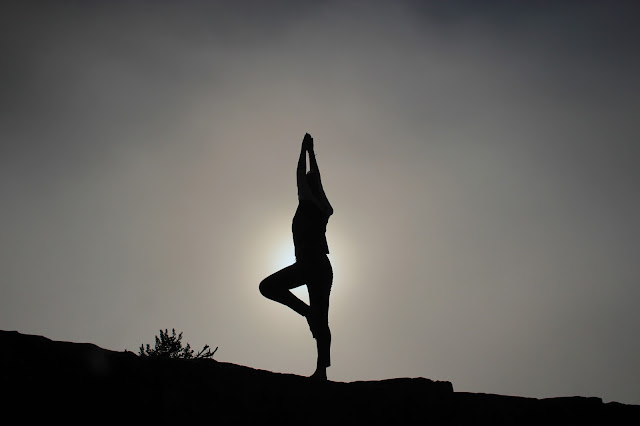Welcome to the new blog for The Wellness Suite. Here we'll bring you information on all aspects of personal health. For centuries, it has been recognised that good health is a balance between the physical, mental and spiritual and it is intended to provide a balance in topics covered here.
Posts
Showing posts from November, 2017
Coping With Excessive Pain
- Get link
- Other Apps
By Ashish Sangle | Submitted On February 01, 2017 Pain is an experience that we are all familiar with. Although unwanted, it plays an important role in drawing our attention to the source of physical discomfort or injury, so that it can be addressed. However, sometimes pain seems to outlast this function and stay on without apparent reason. Dealing with this sort of chronic pain can be a battle. In some cases, a medical examination can help assess and diagnose the physical cause of the pain. However, sometimes physical factors are unidentifiable or unable to account for the duration and intensity of the pain being experienced. In these cases, a thorough psychological evaluation might be recommended in order to understand the emotional factors that could be causing or exacerbating the pain. But is there really a psychological aspect of pain? Pain used to be understood as a purely physical sensation. However, over the years, it has been recognised that pain is
Poise, Posture, and Performance
- Get link
- Other Apps

Good posture is seen to have many advantages. From an aesthetic point of view it can enhance image, sending out the right signals (body language). For an athlete it is seen to be essential. But what is a good posture? We recognise poor posture when we see it, as it is evident in the majority of adults regardless of athletic ability. But just to confuse the matter, people with an ideal 'plumb-line' posture can also have poor movement patterns. This is because it is not the shape that is important but how it is maintained. An apparent 'good' posture can be achieved with totally inappropriate muscular activity. The distinguished physiologist Charles Sherrington once described our systems for maintaining posture as the 'most uncertain and untrustworthy of all'. This is not encouraging when all corrective methods for improving posture rely on the very systems that are the cause of the problem. The fact that posture can deteriorate suggests the fallibility o